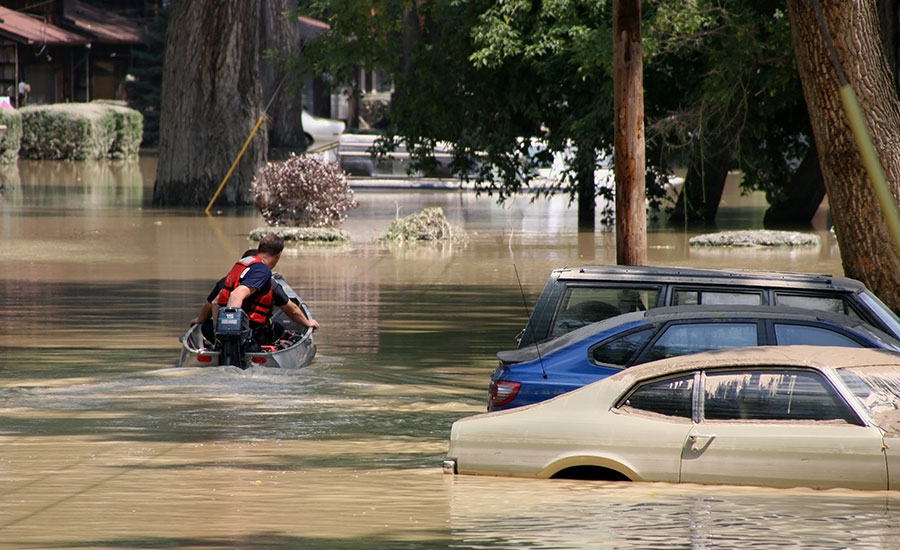Climate Central, a nonprofit news organization that analyzes and reports on climate science, has ranked the U.S. cities most vulnerable to major coastal floods.
The study looked at all U.S. cities with populations above 20,000, and used three metrics: population within the 100-year FEMA floodplain, population within that floodplain combined with sea level rise projections for 2050 and the total high social vulnerability population in the same locations as the second metric.
New York City topped the list, with more than 245,000 people at risk from flooding, followed by Miami and Pembroke Pines, Florida.
Cities Most Vulnerable to Coastal Flooding Today
- New York
- Miami
- Pembrook Pines, FL
- Coral Springs, FL
- Miramar, FL
- St. Petersburg, FL
- Davie, FL
- Fort Lauderdale, FL
- Miami Beach, FL
- Hialeah, FL
- Sunrise, FL
- Pompano Beach, FL
- Hollywood, FL
- Lauderhill, FL
- Charleston, SC
- Cape Coral, FL
- Tamarac, FL
- Margate, FL
- Tampa, FL
- Fountainebleau, FL
- Miami Gardens, FL
- Country Club, FL
- Atlantic City, NJ
- North Lauderdale, FL
- Kendale Lakes, FL
Cities Most Vulnerable to Coastal Flooding by 2050
- New York
- Hialeah, FL
- Miami
- Fort Lauderdale, FL
- Pembroke Pines, FL
- Coral Springs, FL
- Miramar, FL
- St. Petersburg, FL
- Davie, FL
- Miami Beach, FL
- Charleston, SC
- Pompano Beach, FL
- Sunrise, FL
- Hollywood, FL
- Miami Gardens, FL
- Norfolk, VA
- Lauderhill, FL
- Cape Coral, FL
- Boston
- Tamarac, FL
- Virginia Beach, VA
- Tampa, FL
- Fountainebleau, FL
- Margate, FL
- Kendale Lakes, FL
The report also studied cities with the highest social vulnerability by 2050. On this list, the cities that had the fewest resources to prepare and respond to environmental hazards were ranked by using 29 different socioeconomic variables, according to the study. Philadelphia, Houston and Baltimore all got bad ratings for social vulnerability.







